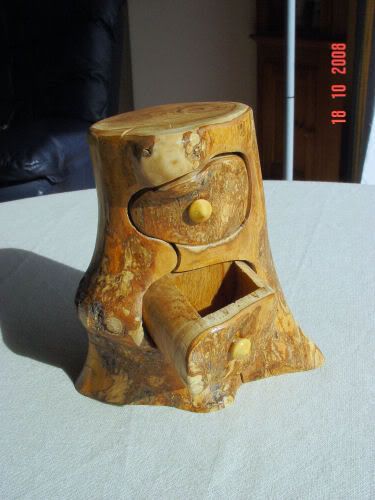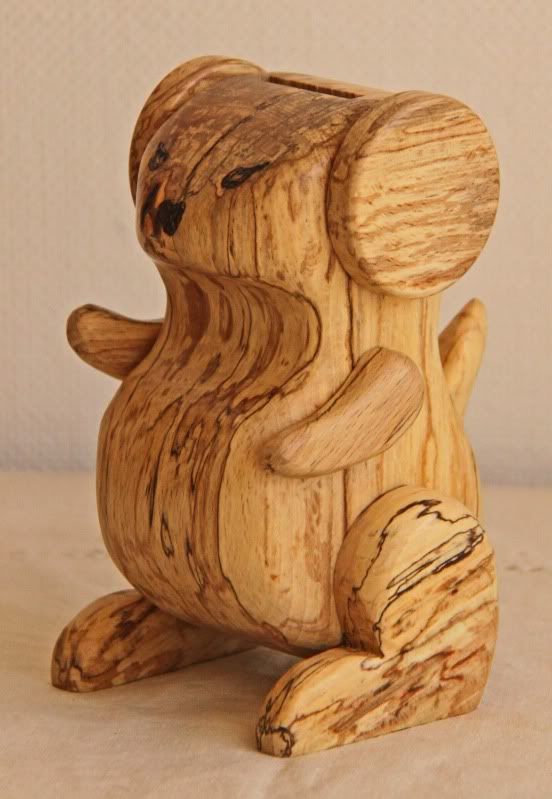With all of the recent talk of bandsaw boxes (some very nice projects by the way), I thought I'd get some new blades for my AWBB and see if I can have a go during a spare morning.
According to the instructions, the minimum blade width for my bandsaw is 6mm (1/4 inch). I have read that 1/8th inch is a good idea for the tighter curves often required for boxes.
The thing is: I can't really see what would prevent me from putting a 1/8th inch blade on my saw. Can anyone tell me why I shouldn't do this? Perhaps the crowning on the wheels will not work? Or perhaps it's the way the guide bearings work?
I'm tempted to get one anyway and see if it works.
Any advice would be helpful.
Thanks.
According to the instructions, the minimum blade width for my bandsaw is 6mm (1/4 inch). I have read that 1/8th inch is a good idea for the tighter curves often required for boxes.
The thing is: I can't really see what would prevent me from putting a 1/8th inch blade on my saw. Can anyone tell me why I shouldn't do this? Perhaps the crowning on the wheels will not work? Or perhaps it's the way the guide bearings work?
I'm tempted to get one anyway and see if it works.
Any advice would be helpful.
Thanks.




































